The Weekly Anthropocene, January 24 2024
Renewables continue to boom, a new octopus nursery, MALARIA VACCINES (yay!), electrifying steel and cement, AI-discovered battery material, cell-cultivated steak, drilling into a volcano, and more!
The Big Picture
A new International Energy Agency report found that renewables grew at an unprecedentedly rapid pace in 2023, with a nearly 50% increase year-over-year from 2022!
Some key stats:
An estimated 507 gigawatts (507,000 MW) of renewable energy generation capacity was added to Earth’s grids in 2023.
Over 370 gigawatts of that were solar power (both utility-scale and rooftop) which is rapidly becoming the all-purpose workhorse dominating global energy capacity additions.
China built as much new solar capacity in 2023 as the entire world built in 2022.
The IEA projects that solar and wind combined are set to overtake coal globally by 2025. In addition to helping on climate, this should have big short-term benefits in avoided air pollution deaths!
And a new Rocky Mountain Institute analysis found that the global transition to clean energy is likely to cost substantially less than previously thought, as previous models didn’t take into account the decrease in fossil fuel spending and the resulting “great reallocation” of capital expenditure (“capex”) from fossil fuels to renewables.
Costa Rica
A June 2023 expedition used a Remotely Operated Vehicle (i.e. an undersea drone) to survey two deep-sea octopus nurseries around seamounts off the Pacific coast of Costa Rica, two miles below the ocean surface. The nurseries are home to hundreds of mother octopuses, rolled into balls to protect their eggs.
They recorded footage of healthy hatchlings emerging from the eggs, confirming that it was an active and hospitable breeding site. Three nearby hydrothermal springs (different from the superheated hydrothermal vents found elsewhere), provide warm, oxygen-rich water. When the researchers’ ROV returned in December, they confirmed that the octopuses were active year round, and the team has now announced the discovery of four new species of octopus in the area! Formal scientific description and naming is underway. Also notable is that this expedition had an unusually high degree of local participation; over half the scientists and students on board the ROV’s mother ship were from Costa Rica, and 300 deep-sea specimens collected will be analyzed at a Costa Rican university.
The beautiful planet we live on continues to surprise us! And given how astoundingly intelligent octopuses are, we may one day end up recognizing this site as a nursery for a fellow sentient species. Great work!
Poland & Belgium
As Poland’s new center-left government plans to set more ambitious climate action targets, a landmark convergence of two vital clean energy technologies is taking shape off the nation’s Baltic coastline. The 1.2 GW Baltic Power offshore wind farm, set to start construction in 2025, will generate power for 1.5 million Polish households when complete. Great news-but what’s even better is that it’s now set to be the first-ever offshore wind farm made with green steel! Steelmaker Arcelor Mittal will make the steel for the wind farm by melting down steel scrap in an electric arc furnace powered 100% by wind energy (instead of the old-style coal-fired furnace), located at the Industeel Charleroi steel mill in Belgium.
This…is…AMAZING! An offshore wind farm is being built with green steel made in a renewables-powered electric furnace! Not so long ago, people were wondering whether green steel could ever be financially viable, and now it’s already in use to help speed the decarbonization of the European grid!
Cameroon
In a truly epic landmark in a rapidly developing victory for humanity, Cameroon has begun the world’s first routine childhood vaccination program against malaria (YAY!!!), offering four doses of the RTS,S malaria vaccine free of charge to all infants up to six months old. Twenty more countries plan to roll out similar programs in 2024, and the upcoming rollout of the R21 malaria vaccine should make many more doses available!
For context, in 2022 there were 249 million malaria cases globally and about 608,000 malaria deaths, with about 95% of the deaths taking place in Africa and 77 % being children under the age of five. This year, humanity is about to start sparing people from debilitating illness by the millions and saving children’s lives by the tens of thousands, using our ingenuity to defeat one of our species’ most ancient enemies. Spectacular news!

Iceland
In Iceland, the ambitious Krafla Magma Testbed project, coordinated by Iceland’s longstanding Geothermal Research Cluster, is planning to drill into a volcano to build the world’s first magma observatory, collecting data to help eventually generate vast amounts of geothermal energy. The Krafla volcano’s magma chamber is unusually shallow, just 1-2 miles below the surface, and was already drilled into (accidentally) by a geothermal project in 2009. As no eruption resulted then, it’s considered reasonably safe to go ahead and try to drill into the chamber on purpose now. KMT is currently raising funds for advanced heat-resistant drilling equipment, and plans to drill their first borehole for research in 2026 or 2027, hopefully followed by a second borehole for power generation.
This is a project that could get really interesting! Advanced geothermal and white hydrogen are already emerging as new renewables technologies to complement the longstanding trinity of solar, wind, and batteries; perhaps “magma geothermal” could join them within the decade!
Israel
Israel is emerging as a hub for innovative new protein technologies, including tantalizingly scalable forms of animal-free beef and milk.
The Near Eastern nation recently became the first country in the world to grant regulatory approval to cell-cultivated beef; i.e. cow muscle cells grown in a bioreactor. (For context, the USA and Singapore had already approved cutting-edge cell-cultured chicken products, but this is the first cell-cultured beef to be approved anywhere). Local startup Aleph Farms is now launching its first commercial product, a steak made of cultivated Black Angus cow cells in a plant-based soy and wheat protein matrix. That same steak is currently under review for approval in the U.S., UK, Singapore, and Switzerland as well; this writer can’t wait to taste it!
Furthermore, fellow Israeli startup Imagindairy, which uses precision fermentation to make dairy proteins without the cow, has acquired industrial-scale facilities which they claim will allow them to produce animal-free milk at cost parity with old-style milk. They’ve already gotten U.S. regulatory approval and should launch their products in American markets in the coming year!
Someday, when we finally manage to replace the cruelty of factory farming with a more ethical method of mass protein production, we’ll look back and see that it grew from seeds like these. Great work!
United States
The federal Energy Information Administration now expects U.S. solar power generation to grow by a whopping 75% from 2023 to 2025, boosted by the awesome Inflation Reduction Act! During the same period, wind power generation is set to grow by 11%, and coal will decline by 18%. Great news!
Just one sample of what that looks like on the ground: the Edwards & Sanborn Solar + Energy Storage project is now “substantially complete,” making it the largest solar/battery storage combo project in U.S. history (at least for now). Partially located on the Edwards Air Force Base, it’s also the largest public-private partnership in U.S. Defense Department history. With over 1.9 million individual solar panels and a total interconnection capacity of 1,300 MW, it will supply electricity to San Jose, California. It barely makes the news, but tons and tons of projects like these are what’s going to create a less air-polluted and more climactically stable world!
The Biden Administration issued a newly updated Western Solar Plan proposal, in which the Bureau of Land Management makes available 22 million acres of public land across 11 Western states for utility-scale solar development.
Several communities writer’s ever-innovative home state of Maine have launched a landmark “Energy Navigators” program to help residents access the cornucopia of new federal benefits to help switch to cleaner technologies. The program, set to launch in mid-2024, will train AmeriCorps volunteers to act as one-on-one “coaches” or “guides” for Mainers across an array of Southern Maine communities (including Kittery, Kennebunk, Kennebunkport, Wells, and Ogunquit) to access tax credits, rebates, and other support for projects like home weatherization and heat pump installation. Awesome work!
Microsoft and the Pacific Northwest National Laboratory have together used AI to discover a new solid-state battery electrolyte material that uses substantially less lithium than current commercial materials. In less than 80 hours, repeatedly querying and filtering Microsoft’s Azure Quantum Elements AI system got the researchers from 32 million possible battery materials to just 23, five of which were already known. PNNL selected one promising candidate from the 23, and found that it’s a highly useful, light on lithium, functional battery electrolyte-with many more materials still to synthesize and test!
This…is…AWESOME! Semi-automated scientific discovery, folks; this newsletter called it a while ago! And this is part of a much broader AI-powered innovation revolution only now finding its way to battery chemistry: the first fully AI-designed drug (a new treatment for idiopathic pulmonary fibrosis) reached the human clinical trials stage months ago. We may well be at the dawn of an epic acceleration of scientific and technological progress!
In other cool invention news: MIT scientist-founded startup Sublime Systems is an emerging leader in a global wave of innovation working towards a holy grail of decarbonization: electric cement kilns. Heatmap reports that in Holyoke, Massachusetts, Sublime Systems’ first commercial-scale electric cement manufacturing facility is now being built on the site of a former paper mill. Wow! Steel and now cement….the major “hard to decarbonize” industrial processes are starting to look a lot easier!
And Caltech’s experimental Space Solar Power Demonstrator project, launched a year ago, has now successfully demonstrated the technology to microwave-beam power from satellite-mounted solar panels in space to receivers on Earth. This is still a long way from commercial-scale deployment, but it’s a baby step in a fascinating direction!
A new study found that wind energy development had no measurable effect on local bird counts, while drilling shale oil and gas wells decreased local bird counts.
And on the funny side, a new study in the Journal of Zoology has found that Bigfoot sightings statistically correlate with the presence of black bear populations.





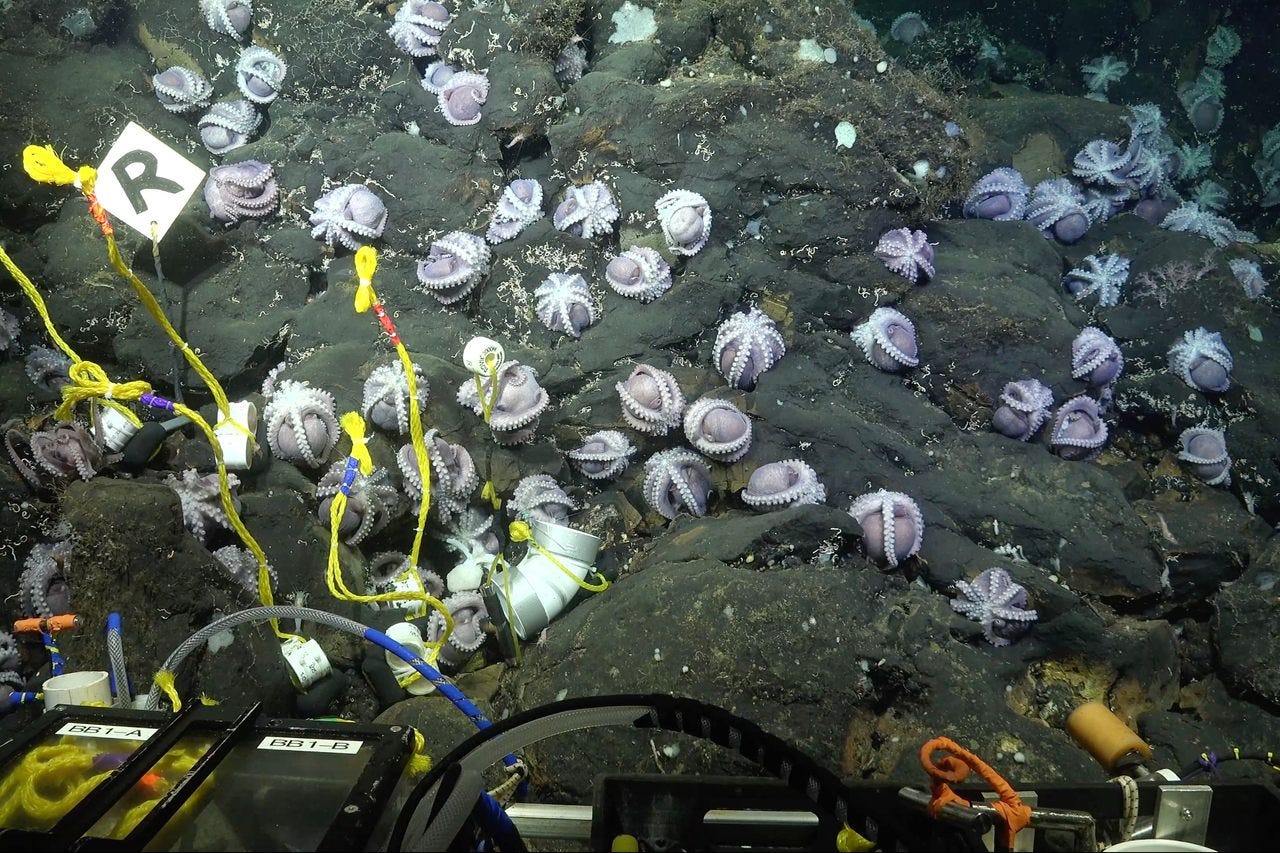
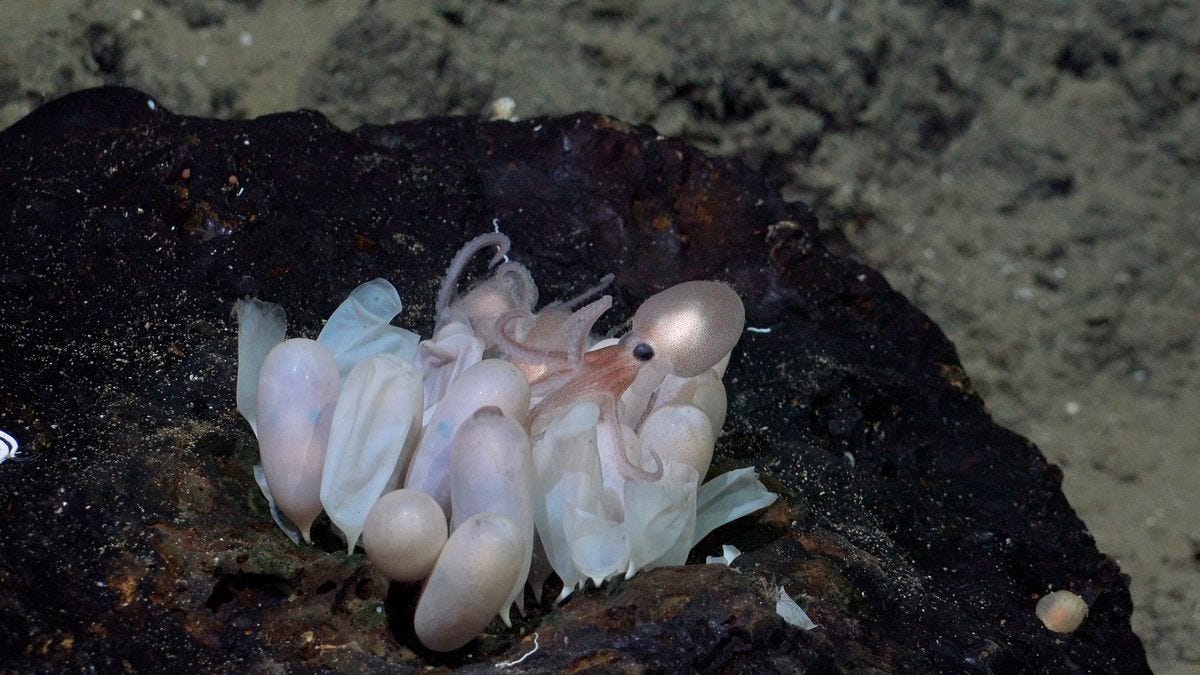
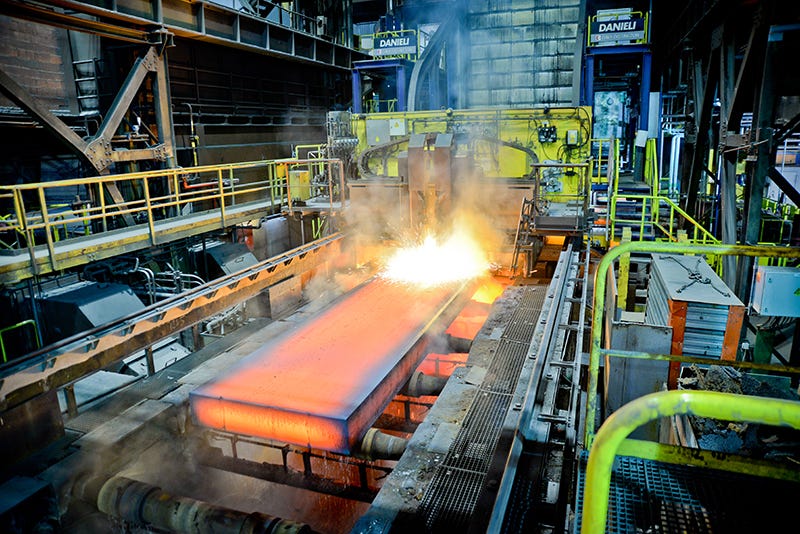
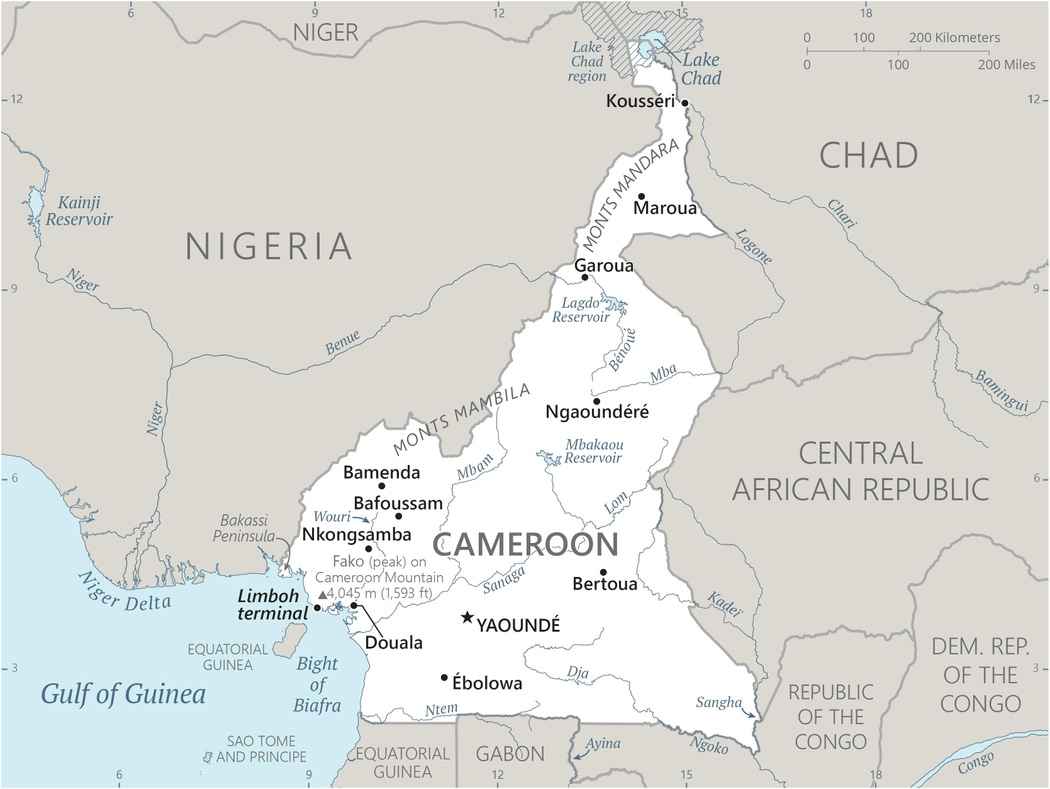
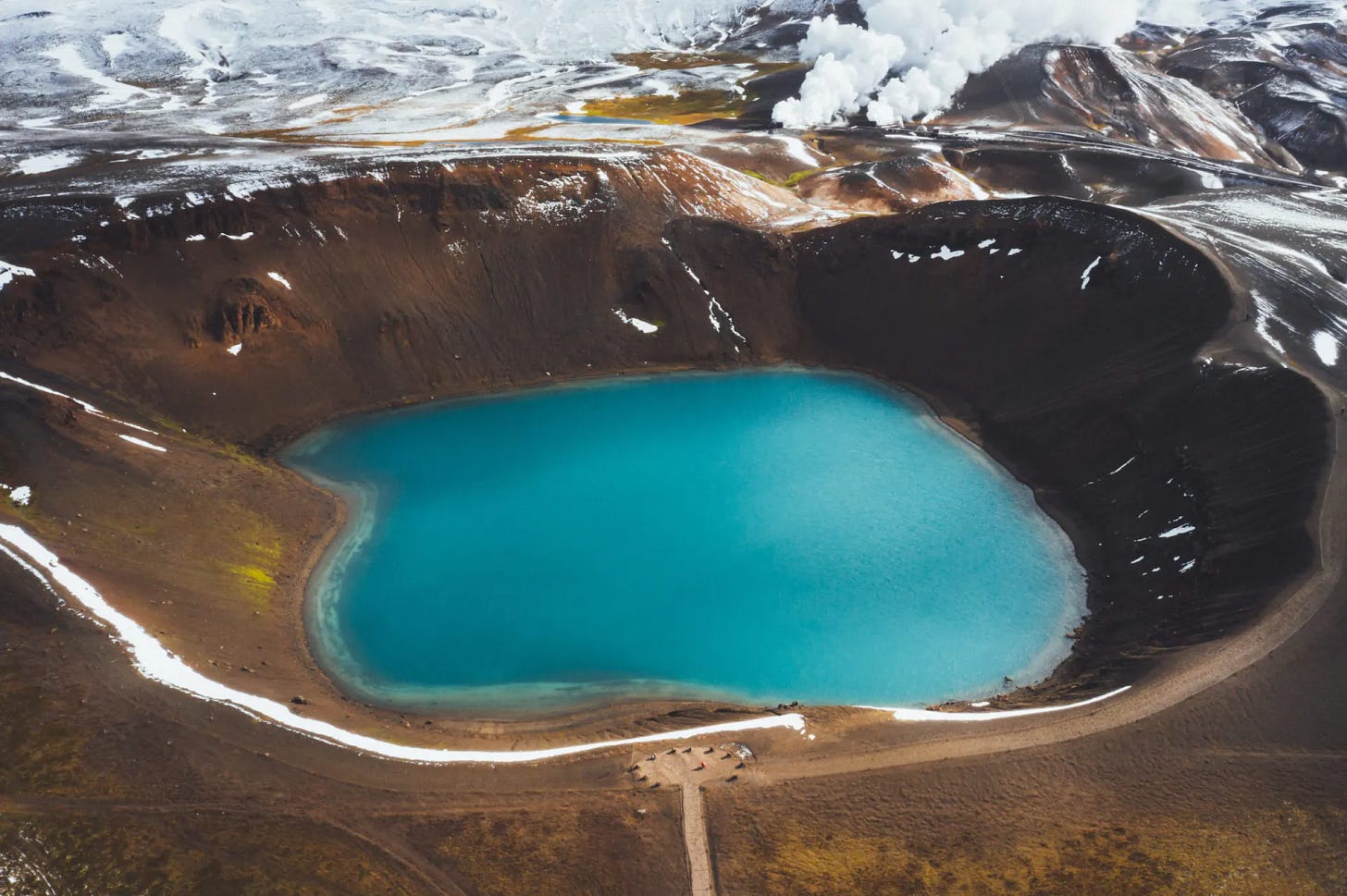


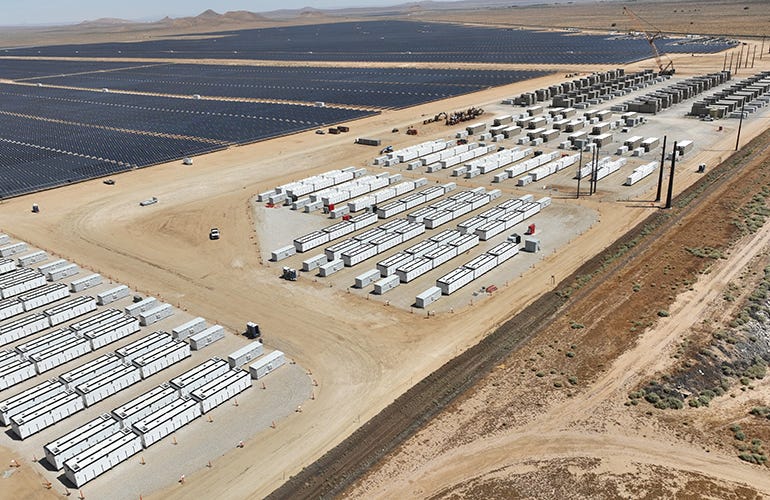

What caught my eye was the space microwave power generation Caltech is pursuing. Engineering at its best! As Sam knows I'm all in favor of clean energy but also in rewilding..two goals that sometimes can be at cross-purposes. Getting the power generation off-planet is a great solution. It makes land available for rewilding that might otherwise be covered with solar panels. It preserves the natural unspoiled landscape and has a benrfhit of fractionally reducing the incident sunlight now factoring in heating up the planet. It's going to be a while, but at least the first steps are being made! The Iceland geothermal is another great initiative that achieves some of these same goals! All hail the engineers!
I so appreciate what you’re doing.